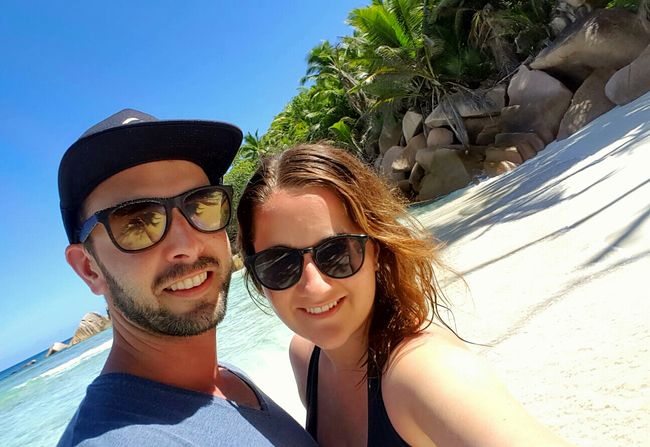Week 2 - Zanzibar
ಪ್ರಕಟಿಸಲಾಗಿದೆ: 08.12.2018
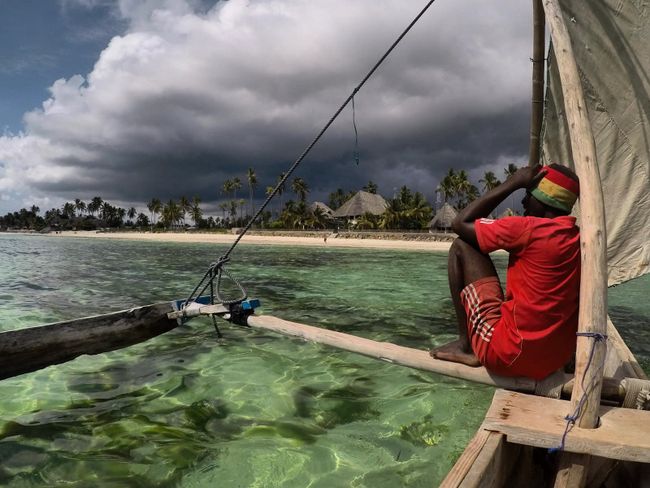
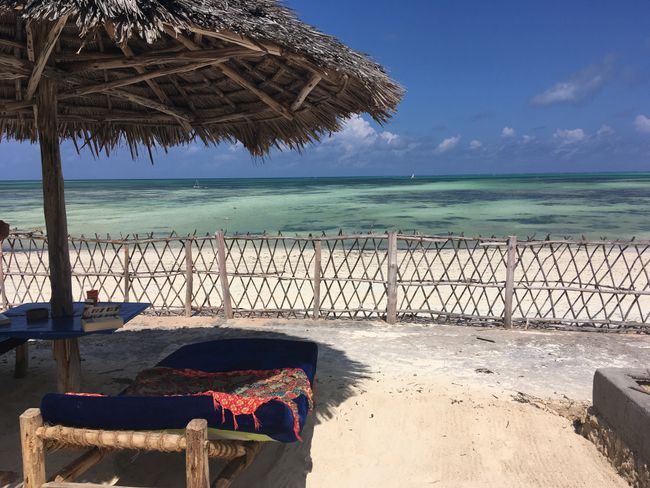
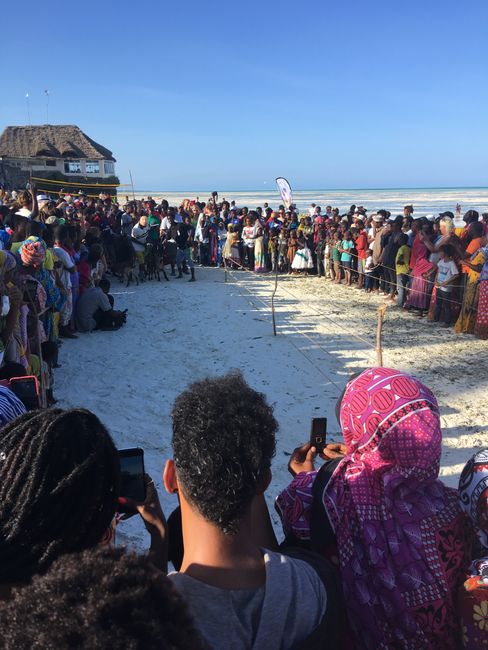
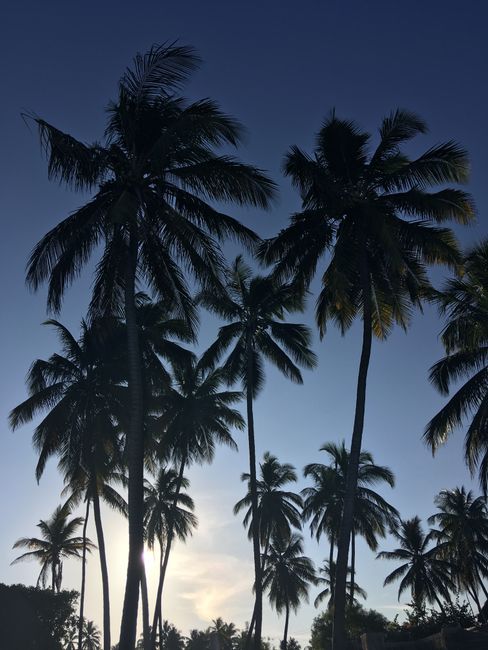
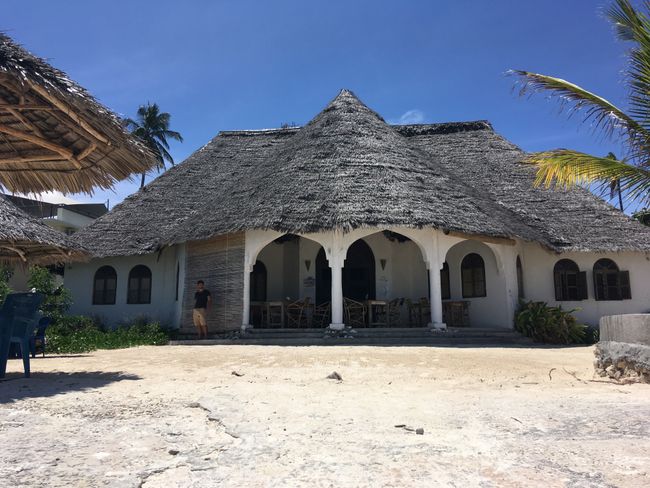
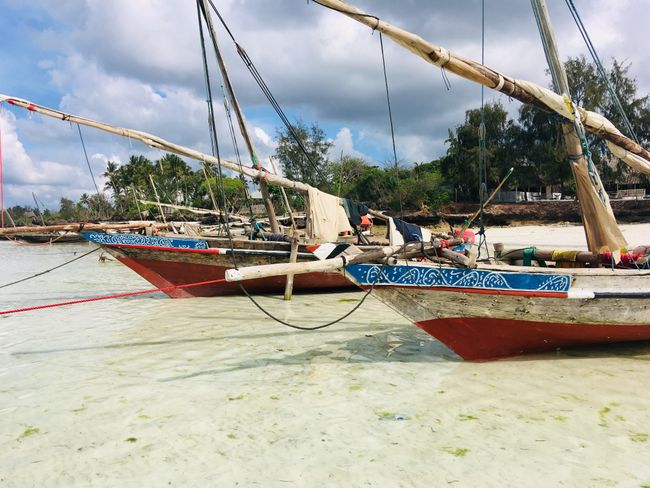
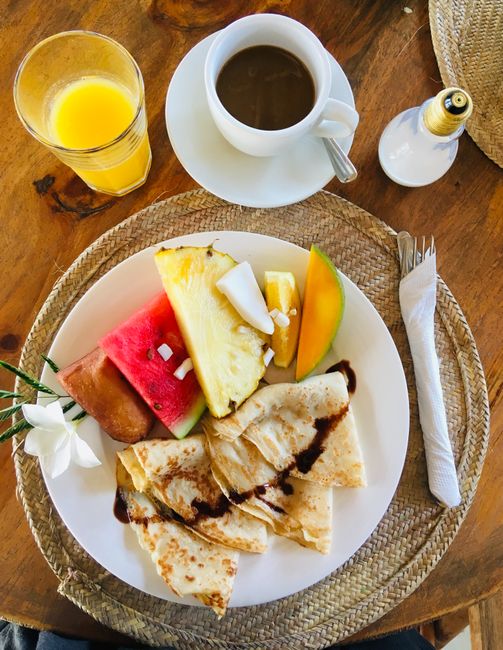
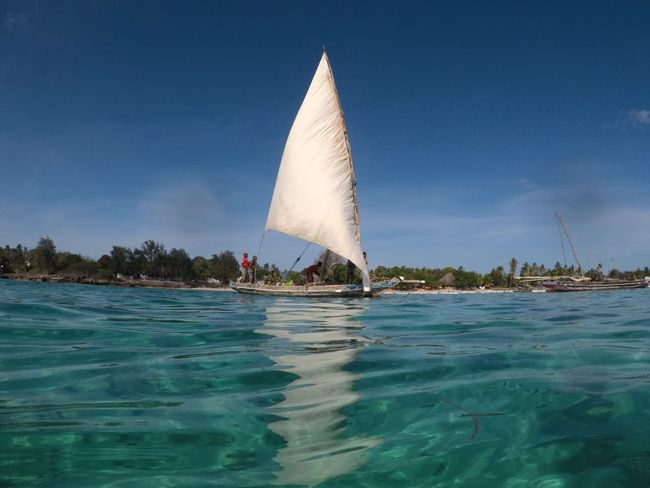
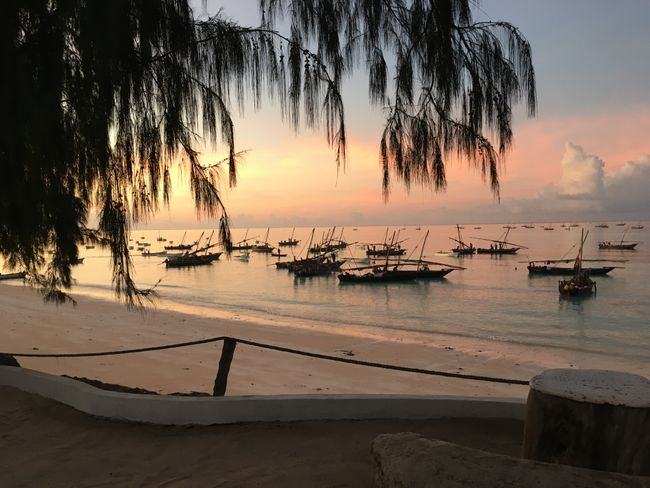
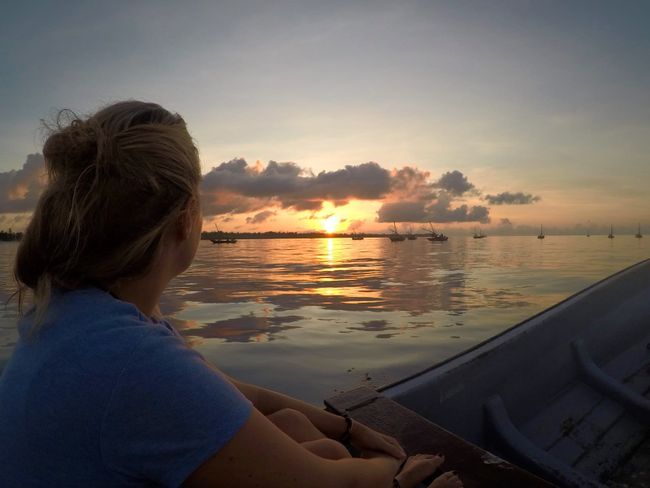
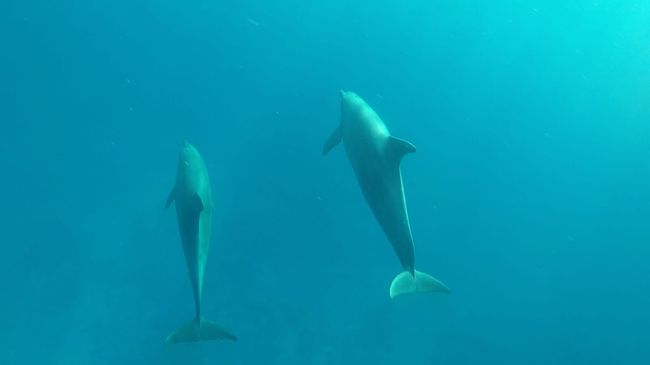
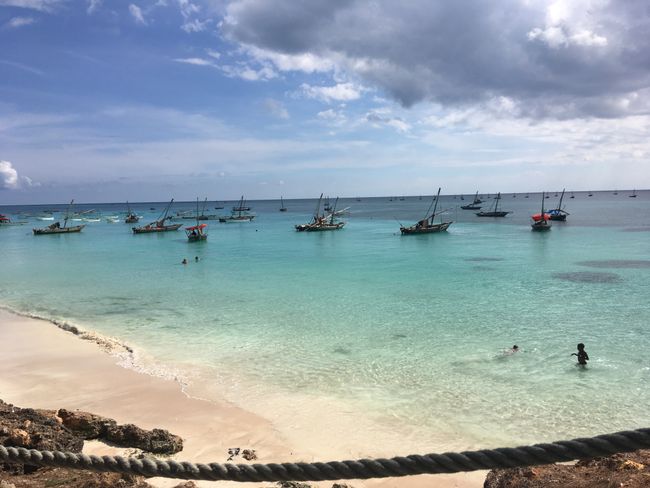
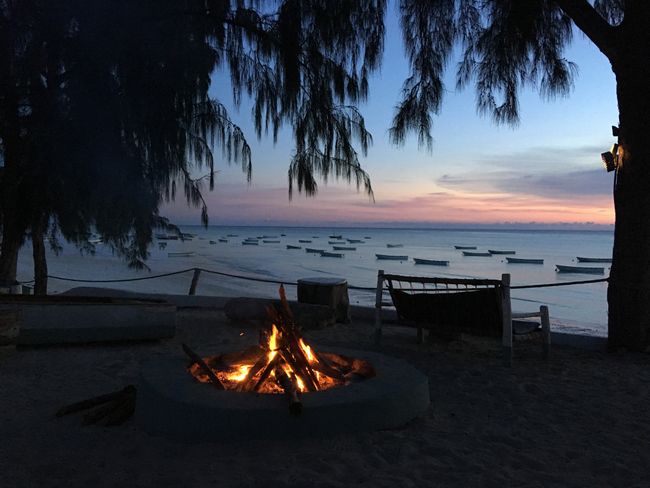
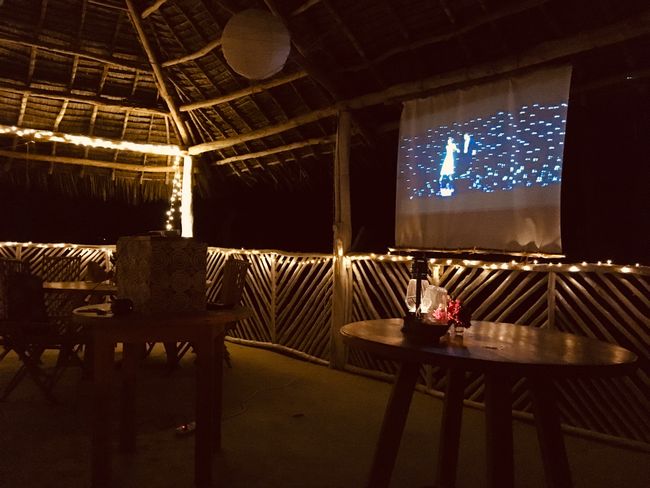
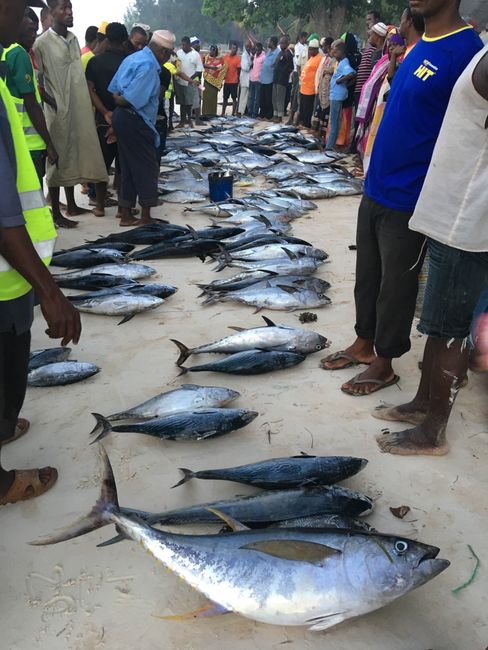
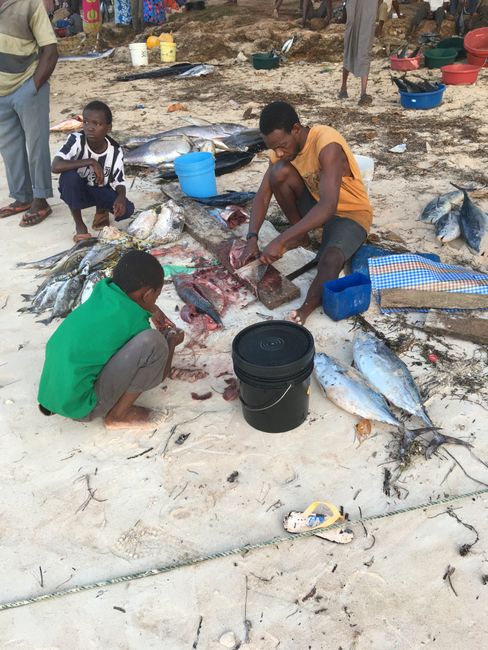
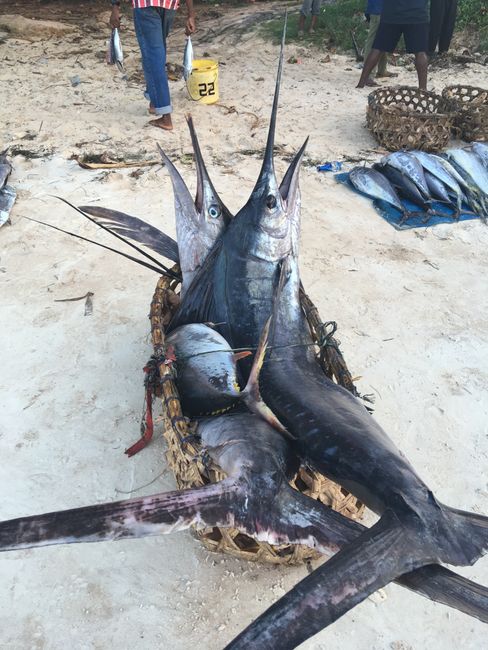
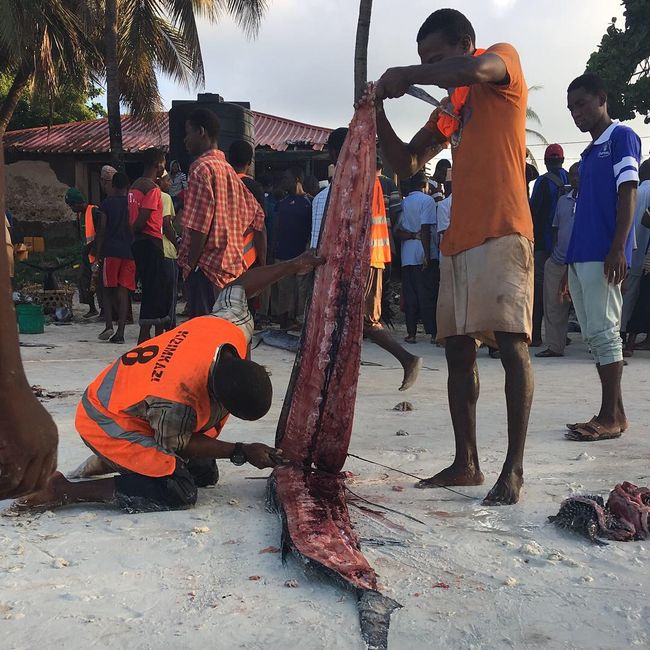
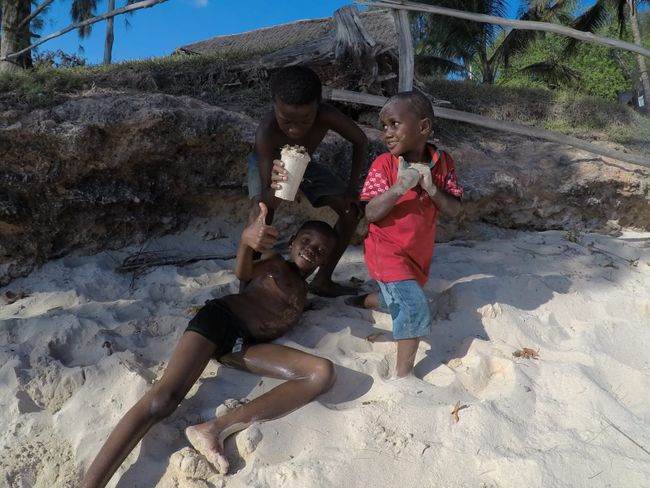
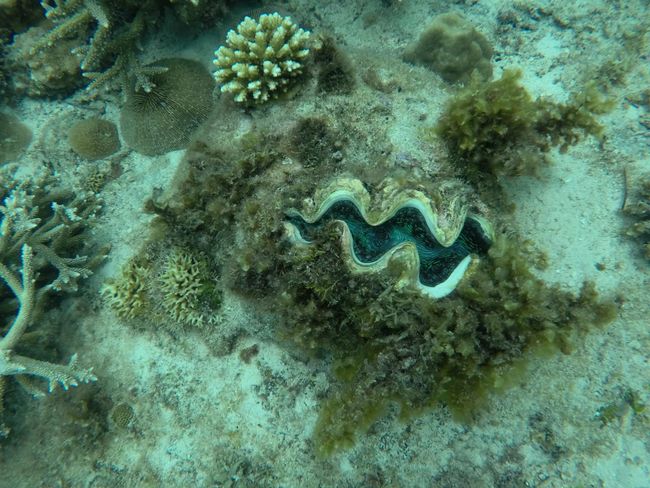
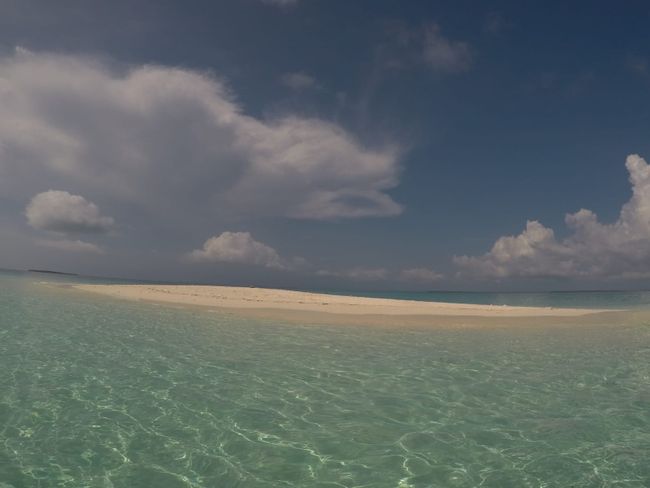
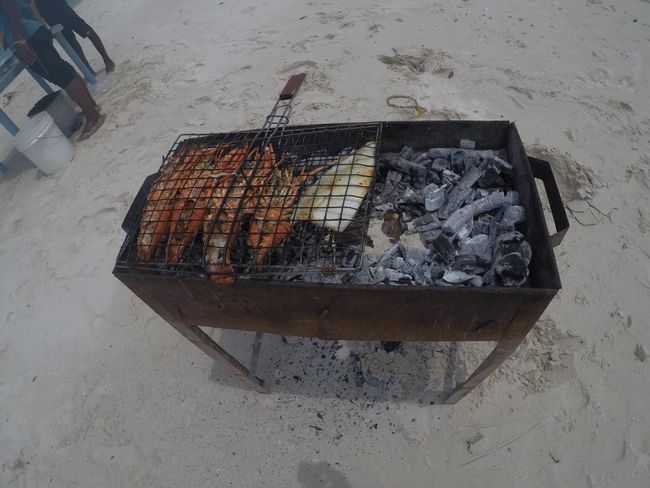
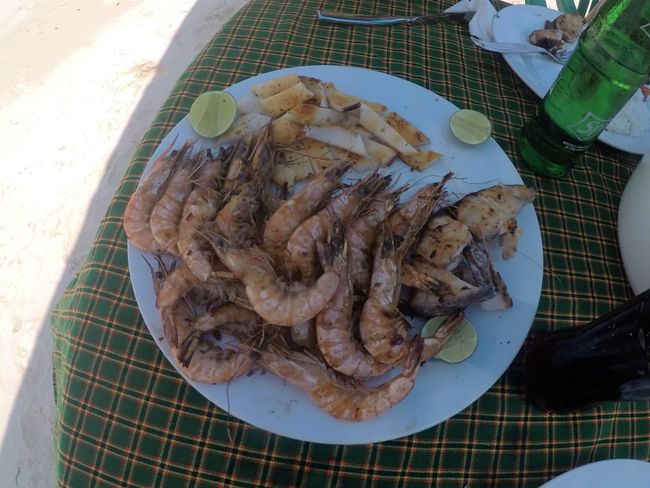
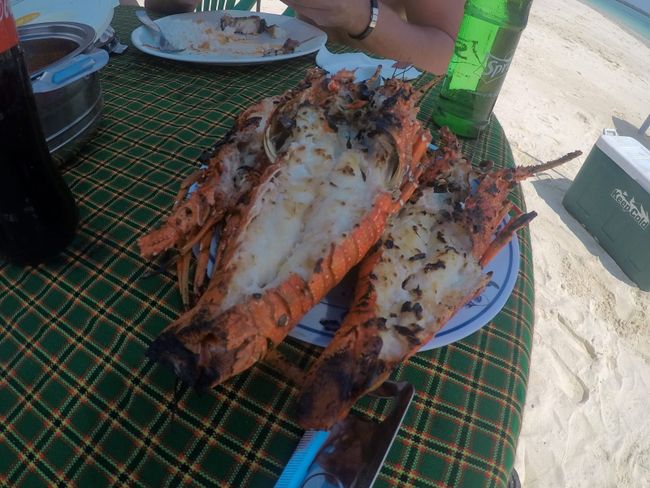
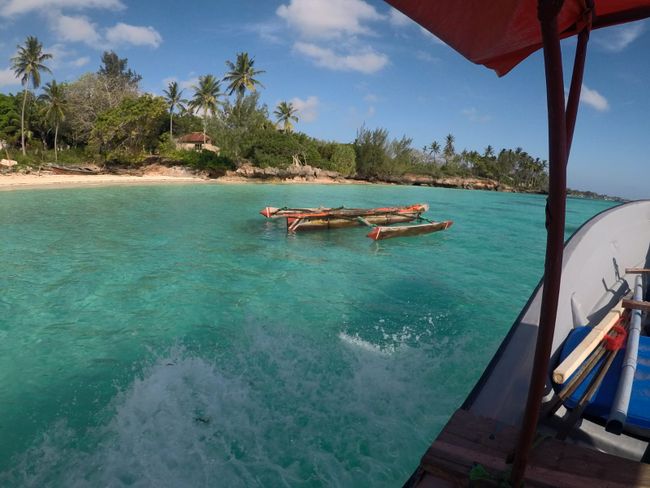
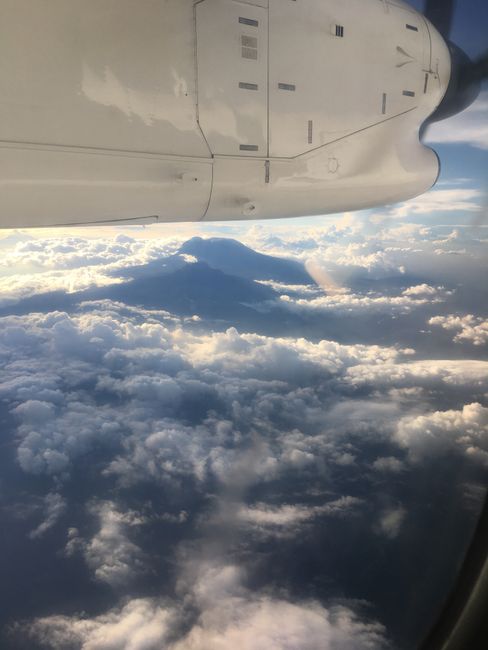
ಸುದ್ದಿಪತ್ರಕ್ಕೆ ಚಂದಾದಾರರಾಗಿ
On Thursday before noon it was time to say goodbye to Severin and the team from Teddy's Home Hostel. In the traffic chaos of Dar es Salaam, we managed to make it to the port on time. Despite incredibly hot and stuffy air (and we were on the open side of the deck), the one and a half hour crossing to Zanzibar was very entertaining. Thanks to Teddy, we even had a driver who welcomed us at Stone Town harbor with a name sign. Mohammed Ali drove us all the way across the island to Jambiani where we spent the first few days in a guesthouse run by a Swiss emigrant. The beach in Jambiani is located on the southeast coast of Zanzibar and is several kilometers long. We spent our days mainly swimming, reading and taking walks along the beach. If you ever happen to be in Zanzibar and visit the beach in Jambiani, we recommend paying a visit to Step In run by Sabine (the Swiss emigrant). Her homemade ice cream is fantastic. We ate our way through the entire selection:-)
One morning, we went on a snorkeling trip with a dhow. A dhow is a wooden sailing boat that is very common in the Indian Ocean, with one to three masts/sails and side keels. We stopped in front of the reef to admire the underwater world through our snorkeling masks and to get a glimpse of the underwater sponge and coral cultivation.
However, staying in one place for eight days was too much for us. We already knew in advance that we wanted to go to another part of the island at least once, so we said goodbye to the turquoise water, powdery white sand, Sabine and Jambiani on Monday, only to say hello one hour later. Hello to even more crystal clear turquoise water and whiter sand. Hello Oliwia. Hello Kizimkazi. Our guesthouse, 'Mama Root', is located in the fishing village of Kizimkazi on the southern coast of Zanzibar and was our home from Monday to Friday. A wonderful place. A little elevated at the end of the beach. Oliwia, in her mid-thirties, an artist who emigrated to Zanzibar four years ago, has created a paradise with great creativity. We felt very comfortable right from the start. The guesthouse has a total of five rooms. Breakfast is included with the overnight stay. If you want to have dinner at the hostel, you can sign up on the board before noon.
During the time we were there, the bay was dotted with wooden boats. Fishing boats from Pemba, a neighboring island. They are here to fish for three to four months. (A few thoughts on this in the next blog post). The boats are usually on the coast during the day, and in the evenings they set off to spend the night at sea and fish. You can imagine how exciting it was to watch the boats and the men during the day. Fishing nets were repaired, washed, cooked, etc.
In the morning at 5:30 am, they return with all the fish they caught and sell them. It is a sight not to be missed, of course. At sunrise, huge fish are often brought ashore from the boats, where they are sold at an auction. Buyers even come from Stone Town. A huge crowd gathers to bargain for the fish laid out in the sand. The unpleasant task of gutting the fish is usually done by children who earn some pocket money. A massacre of fish. Intestines that can still be used are 'stuffed' into plastic bottles. The sand is soaked with blood. Bloody gills are scattered around and are sometimes eaten by cats. At the same time, more and more fish are carried ashore from the boats... Disgust and fascination at the same time. I couldn't help but wake up at 5:30 am on two more mornings to watch this spectacle. And those who know me know how difficult it usually is for me to get up at this time ;-). Over time, the people there got to know me, which is not that difficult since I am the only white person there. I learned that they catch the fish only with nets. Sometimes they have so many fish in one night in one net that they can't bring them all back by themselves and have to ask a friendly crew for help. They sometimes catch shark fish, and a large marlin/sailfish (see photo) is sold for about 75 dollars.
But we didn't just spend our time in Kizimkazi observing the fishermen and swimming. We also went snorkeling. One day, we took a boat ride further south early in the morning at sunrise. Dolphins were promised to us and we were not disappointed. We were even allowed to get into the water and swim with the dolphins. A very beautiful experience.
And on our second to last day, we took a day trip. Known here as 'Safari Blue'. A good decision and money well spent. At the first stop, we were able to snorkel for about an hour. Beautiful coral reefs with many different colored fish. Schools of fish, anemones and we even saw a snake. Back on the boat, we continued over the beautiful shimmering turquoise water to a sandbank. We bathed there and were treated to a first-class lunch for ourselves (we were with a couple from Ukraine who were also staying in our guesthouse). Lobster, shrimp, fish, rice and for dessert pineapple and melon. As the sandbank became smaller and smaller as the tide came in, we made our way back. Not without making a short stop along the way in a mangrove forest to admire the acrobatic monkeys in the mangroves.
Eight beautiful days in Zanzibar have come to an end. We can highly recommend both Jambiani and Kizimkazi. Jambiani is more touristy, but as we were told, still more original than the north. In general, we were surprised how relatively untouched the island still is. We liked it. In a few weeks, we will be back in Zanzibar. But then in Stone Town and Paje. We are already looking forward to it.
But now we are in Kenya. Nairobi, to be precise. We were lucky to see Mount Kilimanjaro with its snow-covered peak during our flight! We will take a proper shower tomorrow and then go on safari. Next stop: Masai Mara.
ಸುದ್ದಿಪತ್ರಕ್ಕೆ ಚಂದಾದಾರರಾಗಿ
ಉತ್ತರ (1)
Beni
Wow, toller Reisebericht und schöne Fotos! Weiterhin viel Spass euch beiden 💛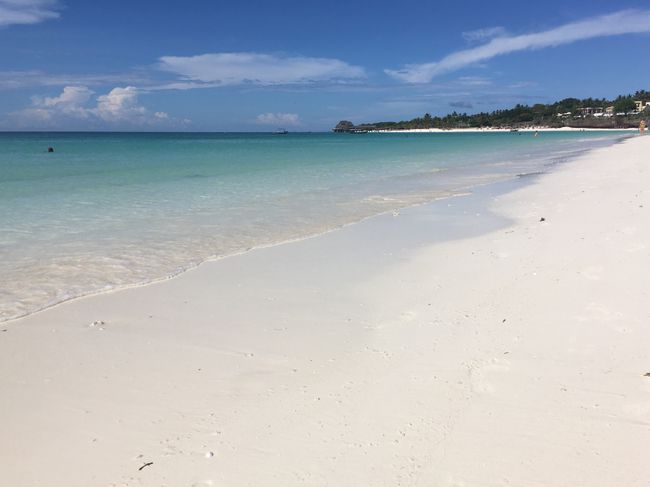
ಪ್ರಯಾಣ ವರದಿಗಳು ತಾಂಜಾನಿಯಾ

